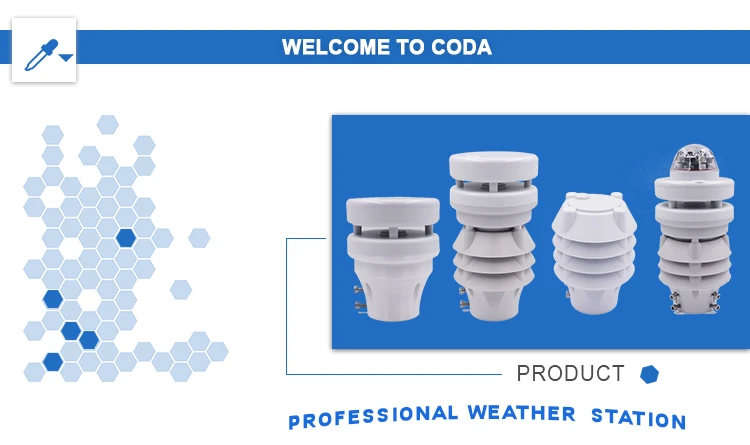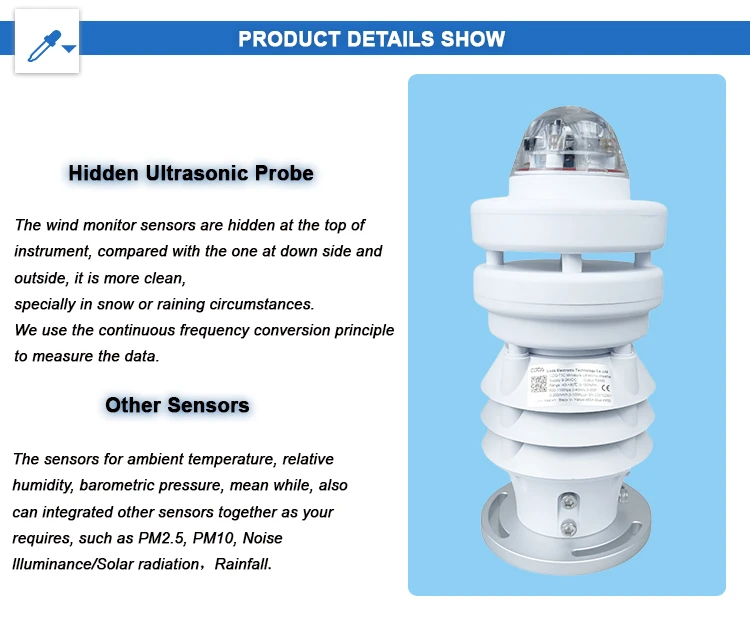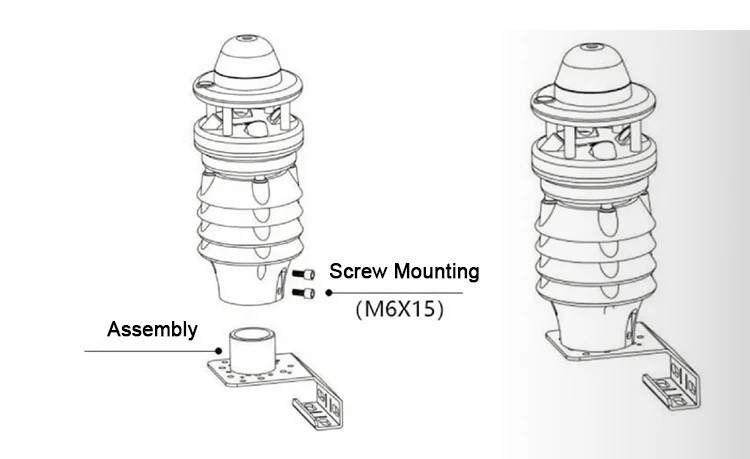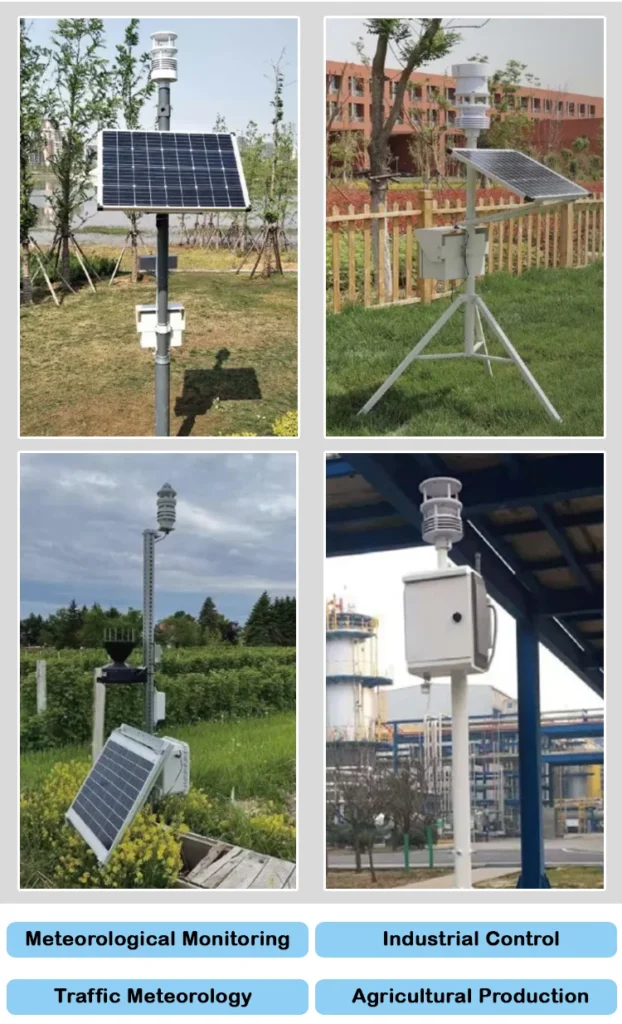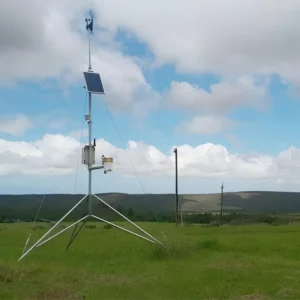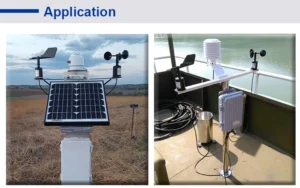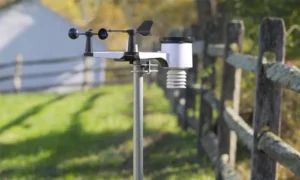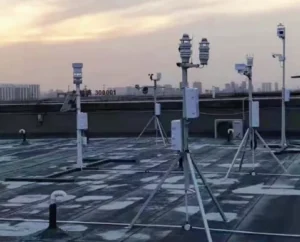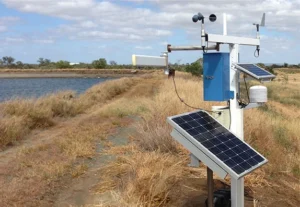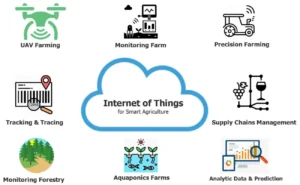Multi-element weather station
Meteorology is important for understanding the natural world. As science and technology improve, the multi-element weather station became a key tool for modern weather observation.
This station gives accurate weather information. It also has smart technology, automation, and eco-friendly features. These changes are changing weather studies, farming methods, environmental protection, and more.
8-Element Weather Station: Definition and Functionality
An 8-element weather station is an automated system. It observes and records eight key weather factors at once.
These factors include temperature, humidity, air pressure, wind direction, wind speed, precipitation, radiation, and light. Together, they define the weather in a specific area.
The weather station collects real-time data with precise sensors. This provides accurate and timely weather information. It helps people make informed decisions.
Characteristics and benefits of the 8-element weather station:
The 8 Elements Weather Station works well in bad weather. It can handle temperatures from -50°C to +80°C. It also works in humidity levels from 0% to 100% RH. This shows how flexible and dependable it is.
Its protection rating is IP65. This means the device is safe from dust and water. It will work well in bad weather.
The weather station is designed to need no maintenance. This means you won’t have to do regular upkeep. It greatly lowers costs and makes your work easier.
Concept of Technological Innovation and Environmental Conservation
The 8 Elements Weather Station combines Internet of Things technology, artificial intelligence, and solar energy. It shows a great mix of innovation and eco-friendliness. Its small size, light weight, and low energy use make it easy to install and transport. This also reduces its impact on the environment.
The integrated monitoring design has no moving parts. This helps provide accurate data and reliable systems. The 8-element weather station uses the standard 485 protocol.
It also uses little energy. This lets it work with different power sources. It can use solar or city power. This helps it do monitoring tasks well.
communication and Data Transfer
The 8 Elements Weather Station has many ways to communicate. It uses 485 communication and GPRS/4G for remote access. This helps the system send data in real-time and stay reliable.
The design includes a 3-meter carbon steel bracket. It is stable and easy to take apart. This makes the equipment portable and versatile.
The 8 Elements Weather Station uses new communication technology. It can quickly send data to the cloud or a data center. This helps with fast data analysis, processing, and storage.
Application areas and scientific research significance of the 8 Elements Weather Station
The weather station is used in many fields. These fields include meteorology, agriculture, geology, and environmental studies.
It plays an important and unique role in scientific research. It does this by tracking eight key weather elements. These elements are temperature, humidity, air pressure, wind direction, wind speed, precipitation, radiation, and light intensity.
In farming, it helps farmers see weather changes and plan their work better. In geology, it gives important weather information.
In environmental protection, it is a key tool for checking air quality. The weather station is great for field research. It gives researchers an easy and effective way to collect data.
Conclusion
The 8-element weather station starts a new era in weather monitoring. It makes weather data more accurate and faster. This helps research, farming, environmental protection, and more. The station has smart, automated, and eco-friendly designs.
Becoming a key part of modern weather monitoring helps people live better with nature.
